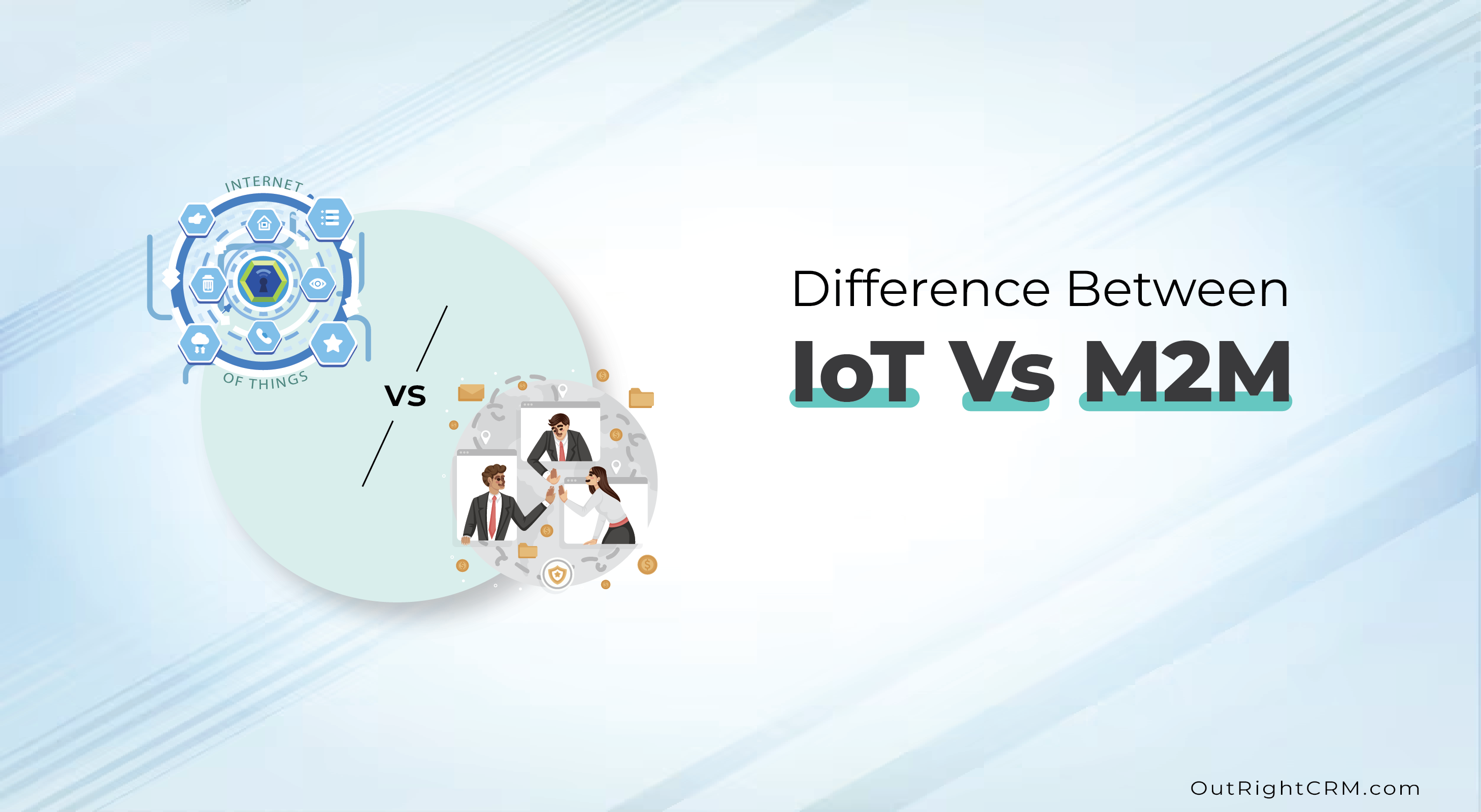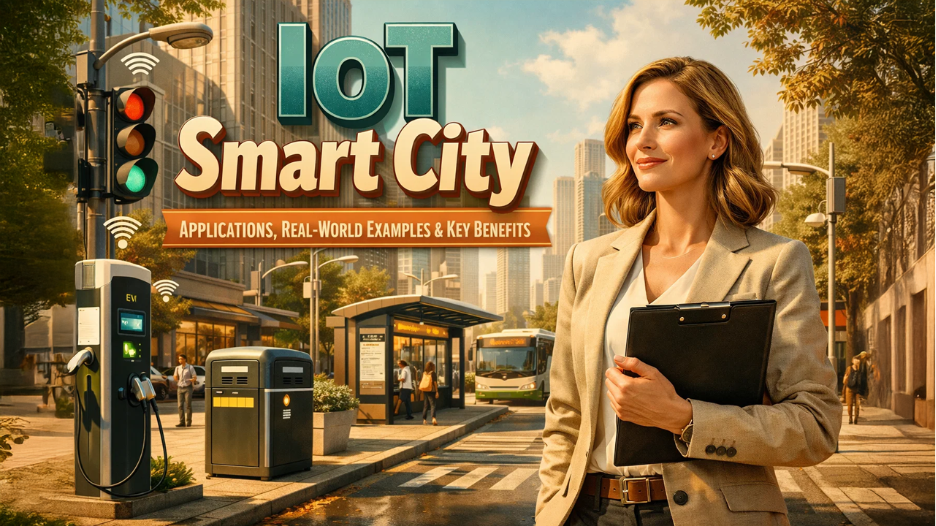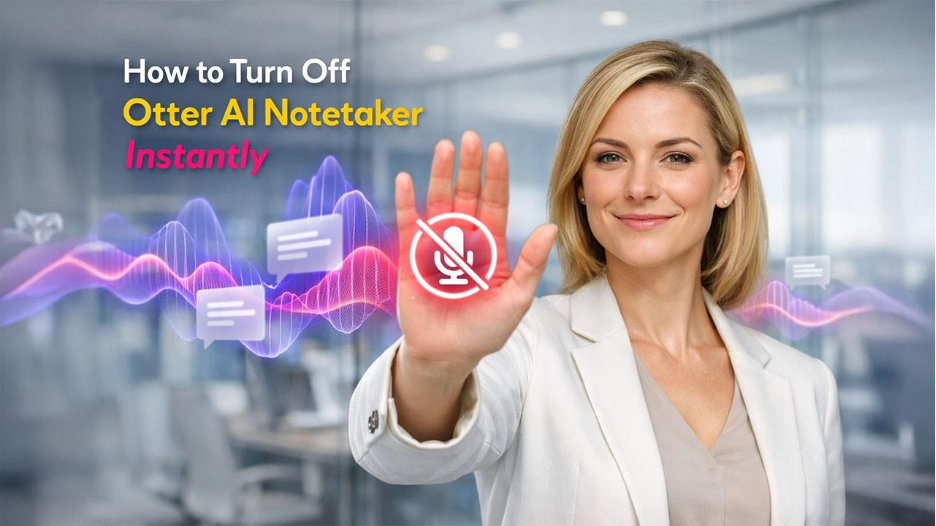Introduction
In today's interconnected world, two technologies stand out for their ability to enable communication between devices: the Internet of Things (IoT) and Machine-to-Machine (M2M) communication. Although these terms are closely related and may be used interchangeably, there is any difference between IoT and M2M in their properties and usage.
This blog post will delve into the difference between IoT and M2M, helping you understand which technology best suits your needs.
What is IoT?
The Internet of Things deals with connecting many devices through secure communication protocols in IoT that gather and share information through the Internet. These include communication devices such as smartphones and home appliances, smart sensors used in industries and cars, and other auto machines that depend on embedded technology for interaction.
IoT involves the use of the Internet to control the environment hence making it smarter and responsive to the data collected.
What is M2M?
On the other hand, machine-to-machine communication deals with Strategies that are implemented to encourage devices to interact with each other and communicate automatically.
M2M involves devices communicating with each other through exchanging information and executing certain activities. This technology is older than IoT and is sometimes seen as a predecessor to the development of IoT.
Key Difference between IoT & M2M
To better understand the difference between IoT and M2M, let's examine their key differences:
| Aspect | IoT | M2M |
| Scope | Broader, encompassing various devices and applications | Narrower, focusing on specific machine-to-machine interactions |
| Connectivity | Primarily internet-based, using various protocols | Can use internet or other communication methods (e.g., cellular networks) |
| Human Interaction | Often involves human interaction and control | Minimal to no human intervention |
| Data Processing | Emphasizes big data analytics and cloud computing | Typically involves localized data processing |
| Scalability | Highly scalable, can connect billions of devices | Less scalable, usually limited to specific use cases |
| Applications | Smart homes, wearables, smart cities, industrial IoT | Fleet management, remote monitoring, vending machines |
| Protocols | Diverse (e.g, MQTT, CoAP, HTTP) | Often proprietary or industry-specific |
| Intelligence | Incorporates AI and machine learning | Generally uses predefined rules and algorithms |
| Interoperability | Aims for high interoperability between various devices and systems | Often operates within closed ecosystems |
| Security Concerns | More complex security challenges due to diverse endpoints | Security concerns are more manageable within closed systems |
Use Cases and Applications
While IoT and M2M have some overlapping applications, they excel in different areas:
IoT Use Cases:
1. Smart Home Automation: Governing light, temperature, and other controllers such as security systems through the internet.
2. Wearable Technology: Equipment like fitness trackers and smartwatches that are used to track health indicators.
3. Smart Cities: Traffic control and regulation, waste custody and management, and energy management.
4. Agriculture: Use of IoT sensors for smart irrigation systems using IoT and to control moisture, crop health, and weather conditions in precision farming.
M2M Use Cases:
1. Industrial Automation: Supervisory control of manufacturing processes.
2. Fleet Management: Vehicle positioning, fuel usage, and the required service of the vehicle.
3. Healthcare: Real-time patient monitoring and Medical device data acquisitions.
4. Vending Machines: Automated inventory tracking and restocking.
The Future of IoT and M2M
To this effect, the difference between IoT and M2M is gradually fading given the improving trends in technology. Most of the current M2M applications are being deployed as part of larger IoT solutions to incorporate cloud and analytical capabilities. This is resulting in improved smart systems solutions in every facet of the industry.
The Internet of Things will continue to have more demands for accessibility and convenience for consumers and applications for smart cities, while Machines will continue to have high demands in industries, enterprises, reliability, and security contexts.
Conclusion
While IoT and M2M complement each other as they are intended for device connectivity, there is a difference between IoT and M2M in terms of both extent and focus and technological framework.
This means that IoT, although it has a slightly higher level of possibilities, is better suited to large integrated systems. As a technology that aims at establishing direct, targeted communication between particular devices, M2M is still highly relevant in a multitude of industrial and enterprise settings.
It is crucial for enterprises and users who need integrated solutions to grasp the difference between IoT and M2M. Depending on the strategy that is selected – IoT, M2M, or a blend of the two – organizations are therefore in a position to capture greater value from their operations as well as foster new growth in an environment that is slowly becoming more wired.
IoT Vs M2M - FAQs
1. Are M2M and IoT different, or is IoT more advanced than M2M?
Despite being relatively recent and more complicated, IoT is not invariably superior in terms of sophistication to its predecessors. IoT extends the concept of M2M by incorporating Internet connection and more purposes.
2. Is it possible to have M2M devices in an IoT system?
Yes, M2M devices can be connected to IoT format as more current approaches of M2M typical solutions unroll web connections.
3. Is IoT technology safer than M2M technology?
Compared with M2M systems that are closed type, IoT security is becoming more and more developed with the help of such options as encryption and authentication.
4. Is there any industry that uses M2M more than IoT?
Indeed, fields where instant and very dependable connections are needed, including general industry processes and some elements of health care, can opt for M2M system solutions.
5. How does 5G impact IoT and M2M technologies?
5G improves IoT and M2M networks by offering better performance characteristics, handling more devices at the same time, and supporting new applications.
Related Posts
IoT Communication Models | Connecting the World of Smart Devices
Internet of Things | IoT Design Methodology And Its Importance
IoT Levels Explained: A Deep Dive into the Internet of Things Hierarchy



